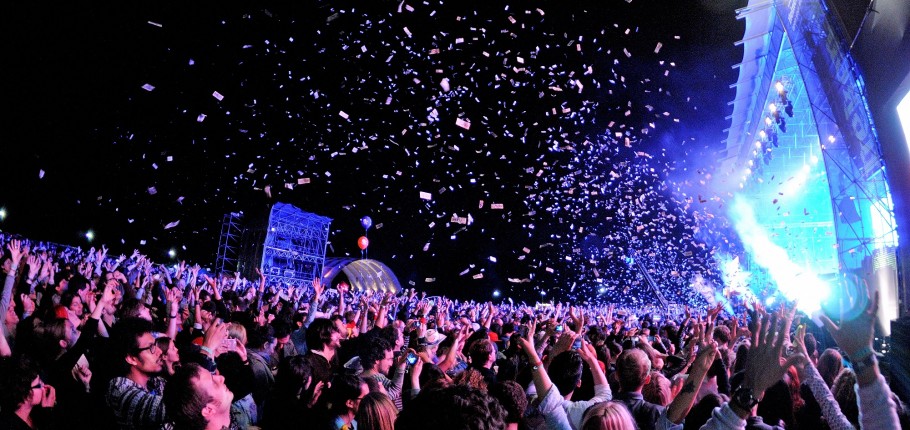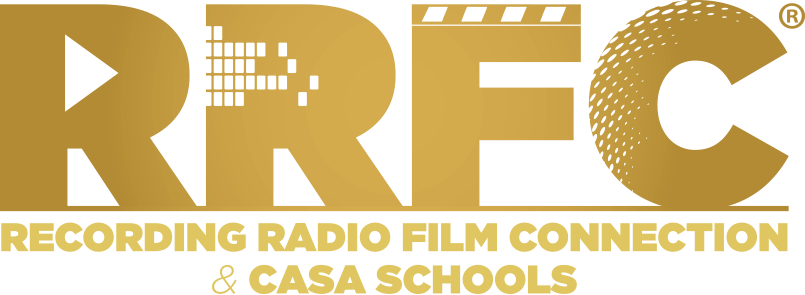
The Strange Tree: A Brief History of EDM
Electronic Dance Music or EDM is one of the most popular musical genres on the globe. The EDM umbrella covers a wide ranging and varied selection of music played in raves, festivals, clubs, and large-scale parties. It is, as the name would imply, electronic or digitally-oriented music that’s usually presented in a mix or a curated presentation by a DJ. In the United States, EDM is usually used to describe Trap, Dubstep, Trance, Hardstyle, Techno, and House along with numerous subgenres. In Europe or elsewhere on this great planet of ours, the dominant term is electronica.
The progenitors of what we refer to today as EDM started in Europe. The genres of Acid House, Dance, and Techno were all established in Germany and the UK. They then spread to the rest of Europe before being adopted by Americans and morphing into Detroit Techno. It went on from there, growing and branching out like stems of some strange, otherworldly tree. This music was popularized under the moniker of “electronica” during latter half of the 1990’s. Bands like Underworld, Fatboy Slim, The Prodigy, and The Chemical Brothers were imported from England and had a massive impact, bringing electronic music into mainstream awareness.
During the 2000’s American media outlets, striving to discuss the genre as a whole, started referring to electronica and its many offshoots and subgenres as Electronic Dance Music. During this time, festivals were also adopting electronic music as a large part of their repertoire and evolving to the point where some were exclusively populated by electronic music. Festivals like Electric Daisy Carnival drawing as many as 400,000 attendees became national news items.
The corporate music machine came on board soon after and started investing large amounts of money into both the music and the business-end of EDM. Live Nation, a popular ticket selling service, created SFX Entertainment as an EDM conglomerate. They also stated that they were going to invest one billion dollars into EDM related business. This included things like nightclubs, festivals, and regional promotions. Many large corporations quickly followed suit in attempts to make money off of the blossoming art form.
The next generation of EDM artists are cutting their teeth in nightclubs and festivals all over the world, building a sense of community that transcends language, class and race. They’re attempting to push the boundaries of what the genre has accomplished to date. One of the frequent topics that’s discussed by young, up-and-coming EDM artists is the overly commercialized tone that many EDM artists are forced to take on, due to heavy corporate influence. There’s also a healthy debate on the role of DJ’s in the “press play” culture of nightclubs. Many fans and professionals alike have taken issue with the fact that so many young DJs simply walk on stage, open their laptop, and hit play on a pre-designed playlist. Critics say simply pressing play diminishes the experience for the crowd and gives real, skilled DJs a bad reputation.
Today, the world of EDM is a trans-global, billion dollar industry. Nevertheless, the underground EDM scene is still the birthplace of sense-stirring music. Thanks to the democracy of a digital marketplace, stellar artists and music producers can connect with and find their base. The communal nature of EDM helps it to grow and foster new sounds, new artists, and new communities. The strange tree just keeps on branching out.



